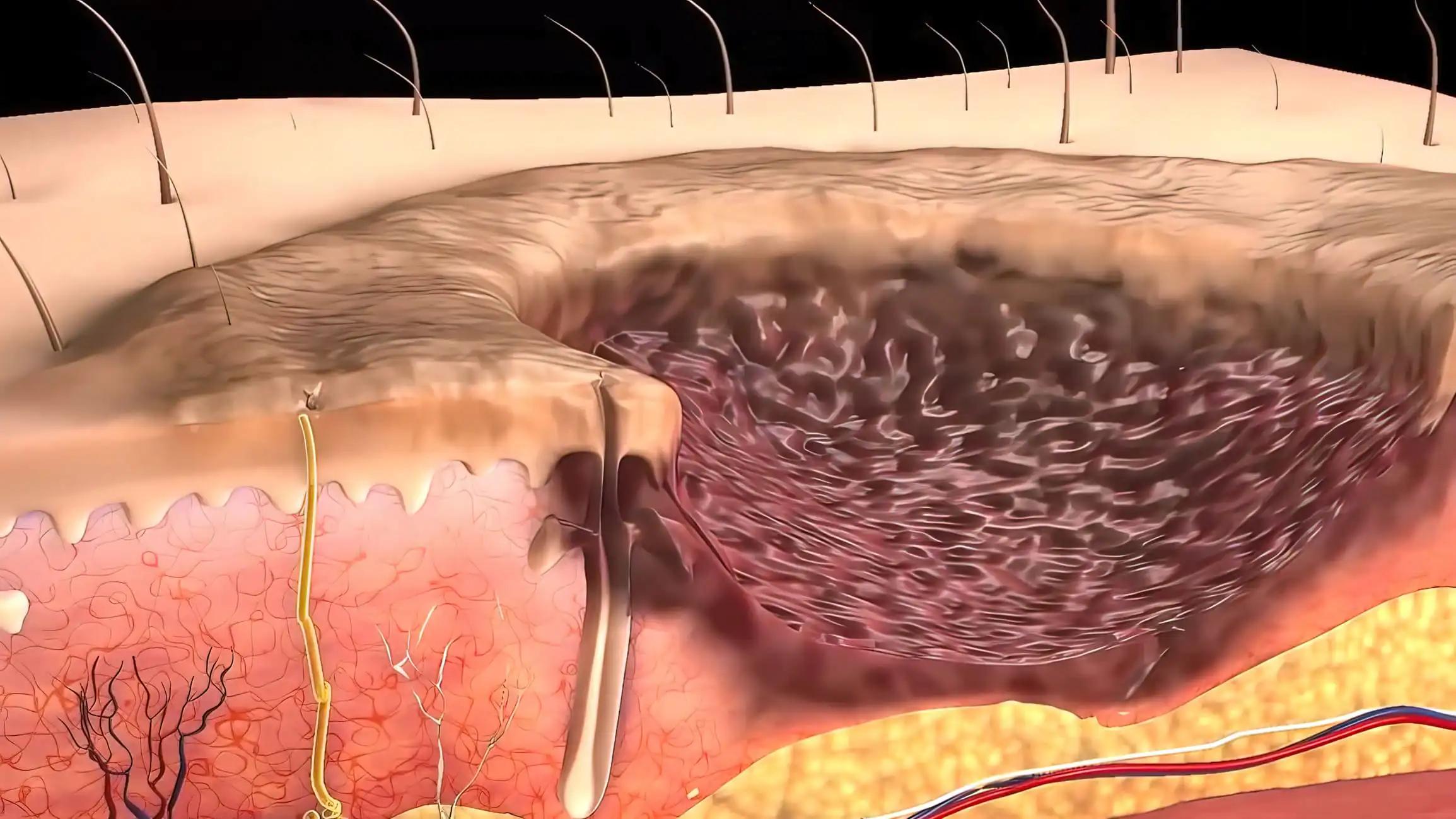KEY TAKEAWAYS
- The IGNYTE phase II trial aimed to evaluate the initial efficacy and safety of RP1 + nivolumab in anti-PD-1-failed melanoma pts from the IGNYTE study.
- Pts with anti-PD-1-failed melanoma receive intratumoral RP1 + nivolumab for ≤8 cycles, followed by nivolumab alone for ≤2 years, with an option to reinitiate RP1.
- The study found that RP1 + nivolumab was durable and effective in anti-PD-1-failed melanoma, with responses in both injected and uninjected lesions.
Patients(pts) with anti-PD-1-failed melanoma face limited treatment options, and RP1 is an oncolytic immunotherapy based on HSV-1 that expresses human GM-CSF and a fusogenic protein (GALV-GP-R-).
Researchers aimed to evaluate the initial efficacy and safety of RP1 + nivolumab in anti-PD-1-failed melanoma pts from the IGNYTE study.
The study targetted advanced or metastatic melanoma pts who have ≥1 measurable and injectable tumor (≥1 cm) and confirmed progressive disease (PD) on 2 assessments ≥28 days apart while on ≥8 consecutive weeks of anti–PD–1 ± anti–CTLA-4 therapy, with anti–PD-1 being the last treatment received. Pts on prior adjuvant anti–PD–1 therapy must have had PD confirmed by biopsy while on adjuvant therapy.
The treatment plan involved administering RP1 initially intratumorally at 106 PFU/mL and then every 2 weeks (Q2W) at 107 PFU/mL for ≤8 total cycles (≤10 mL/dose) combined with nivolumab (nivo; cycles 2–8, 240 mg IV); pts then receive nivo alone (240 mg Q2W or 480 mg Q4W IV) for ≤2 years, with the option to reinitiate RP1 if specified criteria are met.
About 91 pts were included (initial melanoma cohort, 16 pts; R-D cohort, 75 pts; data cut: Dec 30, 2022). The overall objective response rate (ORR) was 37.4% (initial cohort, 37.5%; R-D cohort, 37.3%), and 18.7% of patients achieved a complete response (CR). Promising response rates were observed when considering prior anti–PD–1 therapy settings and disease stages. Responses occurred in uninjected lesions in most responding pts, including those with bulky and visceral disease. The majority of responses were observed in pts with PD-L1–negative tumors at baseline (17 of 52 patients with PD-L1–negative tumors responded, compared to 15 of 26 patients with PD-L1–positive tumors, and 2 of 13 patients for whom PD-L1 status was unknown). Furthermore, 85.3% of responses were ongoing 3.7–36.6 months from initiating therapy. Most treatment-related adverse events (TRAEs) were Grade 1–2, with the most common (>20%) being fatigue, chills, pyrexia, and nausea.
The study found that RP1 + nivolumab was durable and effective in anti-PD-1-failed melanoma, with responses in both injected and uninjected lesions.
Source: https://ascopubs.org/doi/abs/10.1200/JCO.2023.41.16_suppl.9509
Clinical Trial: https://classic.clinicaltrials.gov/ct2/show/NCT03767348
Bartosz Chmielowski, Mohammed M. Milhem, Joseph J. Sacco, Tawnya Lynn Bowles, Katy K. Tsai, Gino Kim In, Eva Muñoz-Couselo, Ari M. Vanderwalde, Jason Alan Chesney, Judith Michels, Adel Samson, Georgia Beasley, Dirk Schadendorf, Fade Mahmoud, Michael K.K. Wong, Trisha Michel Wise-Draper, Junhong Zhu, Praveen Bommareddy, Jeannie W. Hou, and Mark R. Middleton. DOI: 10.1200/JCO.2023.41.16_suppl.9509 Journal of Clinical Oncology 41, no. 16_suppl (June 01, 2023) 9509-9509.



